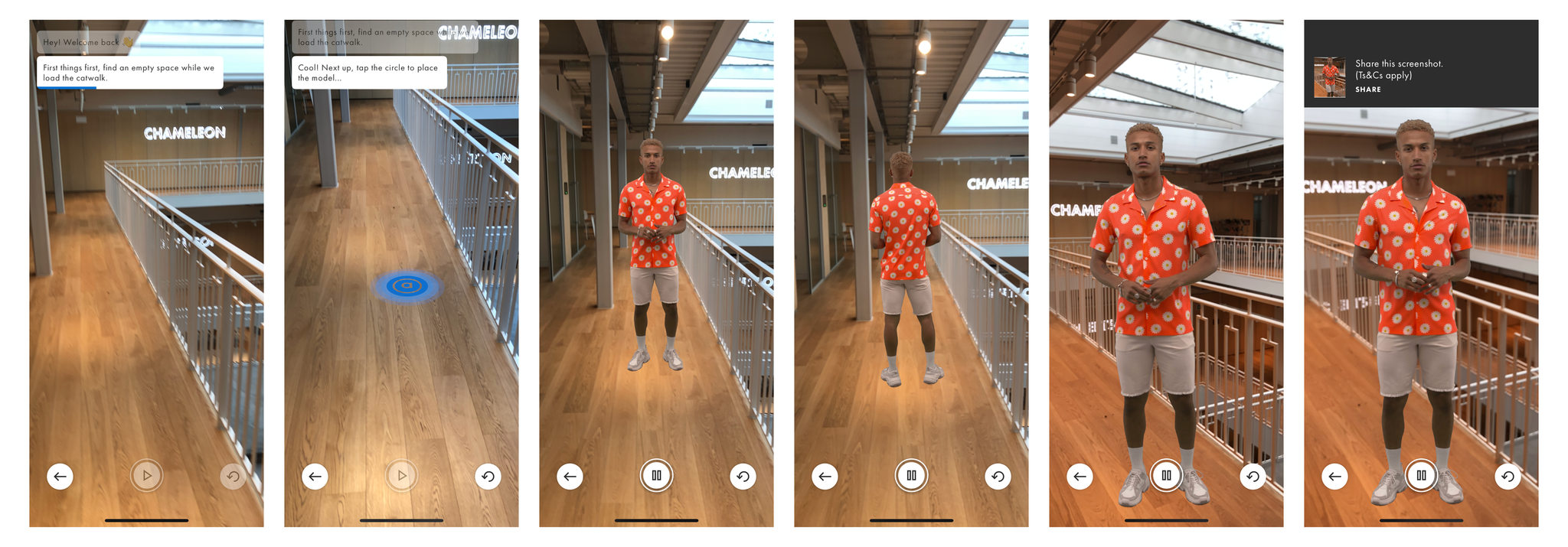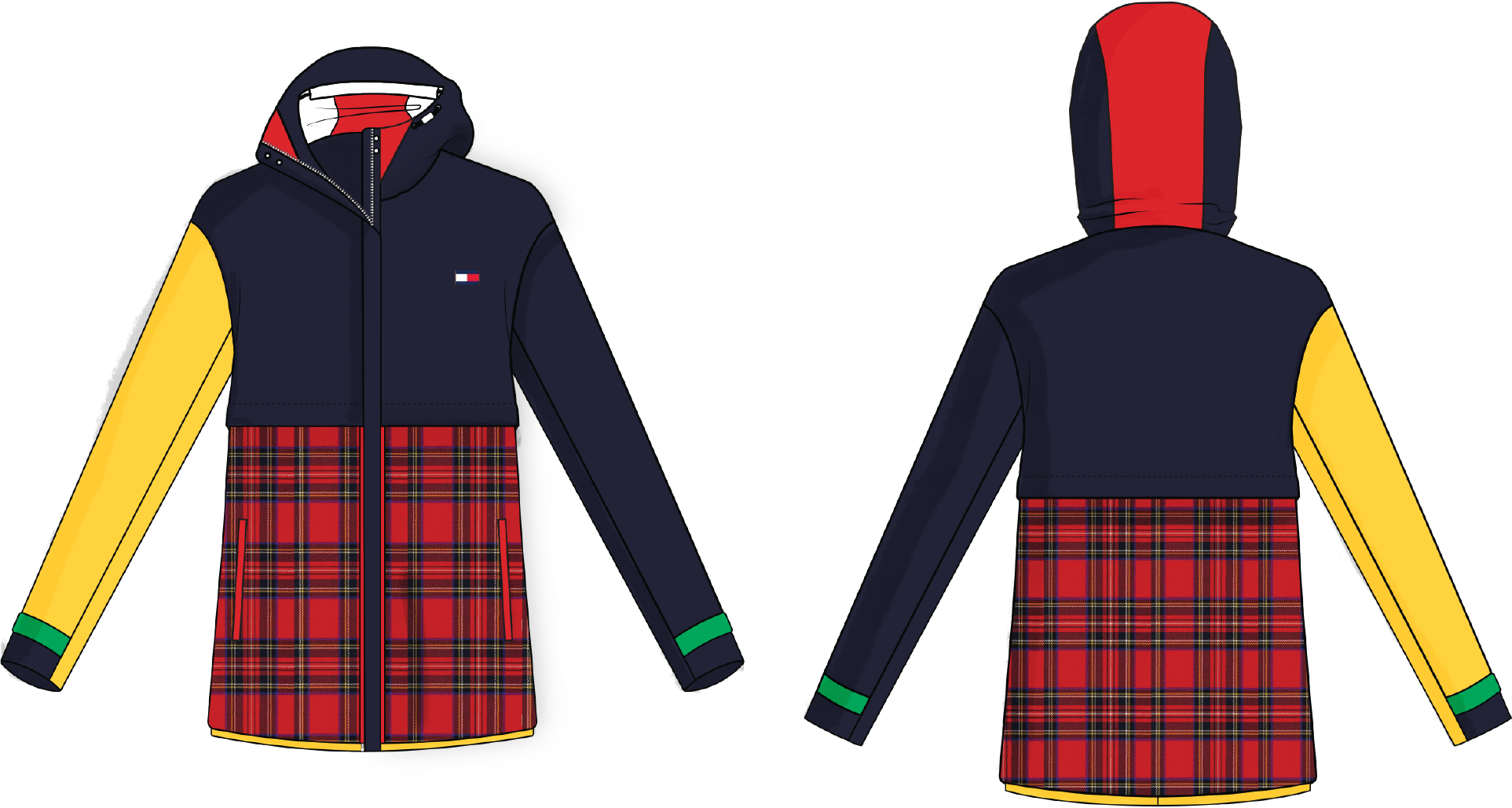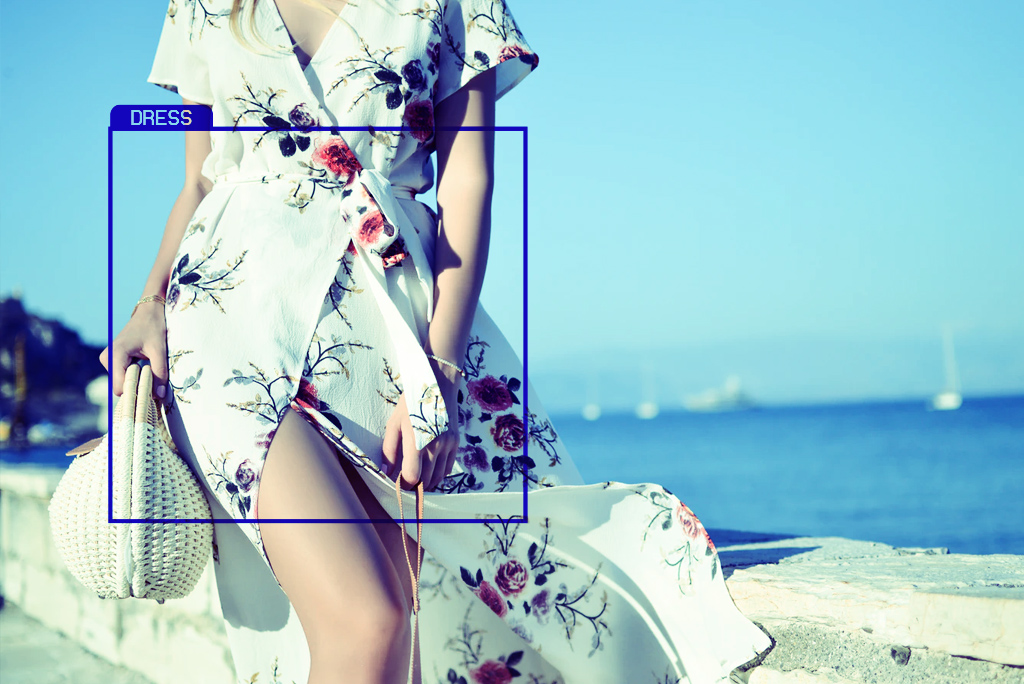How is artificial intelligence going to transform the fashion industry?
Progress in artificial intelligence is advancing in leaps and bounds, and it has been given a great boost thanks to the use of digital technologies during lockdown. One of the markets that has most benefited from this progress is the fashion sector, up to the point that it can be said that AI will end up transforming it very profoundly. Let’s see (you can activate the english subtitles in the video.)
The four big challenges facing the fashion industry
One of the sectors most affected by the recent COVID-19 health crisis is fashion, above all because a lot of physical retail outlets have had to shut their doors. This means the customers can’t do their shopping the way they usually do, in other words by visiting the shop in person, seeing each garment and trying them on until they decide which ones to buy.
In addition to this, in the fashion sector they usually talk about four big challenges worthy of effective strategies to achieve a better connection with the consumers and reduce financial losses. These are: personalising the supply, the quality of electronic sales, cutting the time to market, and reducing the environmental footprint.
Now, how does artificial intelligence help the fashion market stay afloat and even overcome these big obstacles? What strategies can be applied to the fashion sector to find its place in this digital age?
1. 1. Personalisation of the experience
Let’s begin with the first challenge faced by the fashion sector right now: personalisation of the experience. This expression refers to companies’ ability to create an individual response to meet each customer’s needs based on their tastes, preferences and purchasing habits.
How important is it for companies in the fashion sector to invest in strategies to improve the personalisation of their products? In its report on “The Next Level of Personalization in Retail”, the Boston Consulting Group affirms that a personalised purchasing experience produces a 40% increase in the probability that a consumer will spend more on a purchase than they had intended.
Asos, with its virtual catwalk, personalises their experience so much that we can have a virtual fashion show in our own living room.

Asos, with its virtual catwalk, personalises their experience so much that we can have a virtual fashion show in our own living room.
How to achieve a personalised experience thanks to artificial intelligence
By using artificial intelligence, it is possible to personalise 100% of the products, showing each consumer exactly what they want to buy. It may seem incredible, but this is a strategy that has been used for years in other sectors and has seen great improvements more recently, especially during lockdown.
A marketing strategy that involves AI can personalise interaction with the customer individually, instead of being aimed at groups of consumers as happened before. For example, a fashion store can personalise its website so that every customer who visits it can see items, offers and prices directly related to their tastes, sizes, consumer habits and budget.
2. Omnichannels and phygital
Bridge any gap between the online and offline experiences
Electronic or digital sales have risen drastically in recent years, and that trend has accelerated since the COVID-19 pandemic was declared. The health measures taken all over the world have hit traditional trade hard, and one of the sectors most affected is fashion.
Before COVID-19, people who wanted to buy new clothes usually visited a clothes shop, tried on each garment, touched the fabric to feel its quality and took home the one they liked the most, even if the purchase was processed via e-commerce.
However, two years after lockdown and other medical precautions, it has become essential for the fashion sector to have a digital presence and effective electronic sales strategies. Although governmental restrictions may be relaxed, e-commerce will continue to be a part of life for millions of consumers. The online purchasing experience should be as similar as possible to the experience in the shop, and if the experience is a blend of the two, then there must be continual coherence throughout the process.
Timberland’s virtual mirror. In future, these devices could even become part of our homes to help us decide what garments best suit us and help us take purchasing decisions.
Making AI easier for the consumer
The fashion sector depends a lot on the consumer’s ability not only to see the garments they want to wear, but also to touch and feel them. The very nature of this market means that the experience through our senses is the main tool to convince the client that the garment is the one that will make them feel like never before.
Artificial intelligence may significantly help the consumer gain in confidence during the electronic purchase by allowing them to make specific searches and helping them interact with the product almost as if they could touch it and try it on in the physical shop. Although there is still a long way to go in this sense, AI is the first step towards narrowing the gap between the digital experience and the real one.
3. AI and cutting the time to market
Speed is a key factor for the fashion industry, not only because of the huge amount of competition in that market, but also because trends can change fast. Whoever is able to predict what the next big thing is going to be in fashion can get ahead of their competitors and put their designs in the shops before everyone else.
What can artificial intelligence do to cut down the time to market? A neural network can calculate the probabilities that a particular style will become a trend based on all of the visual information moving round the social networks, and then offer suggestions to the fashion designers, which without a doubt will save them a lot of time.

Tommy Hilfiger worked with IBM on a system that enables new designs to be generated. These kinds of technology help the designers in their work and eliminate bottlenecks, thus considerably reducing the time to market.
AI can also streamline the labelling process in e-commerce departments so they can upload products to their website as soon as possible, making them available to customers before other shops. These are just two examples of how AI can cut down the time to market and give greater profitability.
4. Reducing the environmental footprint with artificial intelligence
Finally, one of the biggest problems the fashion industry is facing is the impact of its activity on the environment. According to a report from the European Union, around the world less than 1% of clothes are recycled as garments to wear, which means 99% are incinerated or end up in landfills.
Since this is a truly alarming problem, for years recycling strategies and others have been implemented in order to use textile products more responsibly. But can artificial intelligence do anything about it?
More efficiency, less pollution
Without attempting to offer miraculous solutions or create false expectations, using artificial intelligence in the fashion sector can have a positive impact on the environment. How? On the one hand, it can help shops manage their stock more efficiently, and on the other, it can help designers create garments that will sell.
When design departments can count on collaboration from artificial intelligence, it is more likely that their creations will be successful, thereby reducing the amount of waste in the shops and decreasing the large percentage of returns, which is one of the main reasons for losses in the fashion sector.
Moreover, AI can also help shops to manage their inventories more intelligently, avoiding an accumulation of garments with low demand and showing the general public exactly what they want to buy. All of this will help reduce overproduction, with the resulting positive impact on the environment.
The transformation of the fashion industry in the hands of AI
Artificial intelligence has all the potential needed to bring about a profound transformation in the fashion sector and tackle the problems inherent in this market. As companies learn about all the benefits they can get from AI, its different uses will grow, leading to new applications that are going to completely change our future.
You can learn all about it by arranging an appointment with us.
To find out more
Opportunities for artificial intelligence in the fashion sector
A look at the big changes to come in e-commerce and fashion retail using technological innovation based on artificial intelligence and machine learning.
Our related projects
Micolet scales its business and reduces its costs thanks to Sciling








